Create learning impact across your multilingual workforce with GoodHabitz
Discover +175 pieces of learning content in 20+ different languages
A diverse and multilingual team brings incredible value, but also unique challenges when it comes to learning. From language barriers to different educational backgrounds and cultural nuances, finding a solution that truly resonates with everyone isn’t easy. Luckily, with GoodHabitz, you don’t have to figure it out alone. Discover how our localised approach, with 175+ different learning content pieces in 20+ different languages, helps every employee thrive. No matter where they’re from or how they learn.
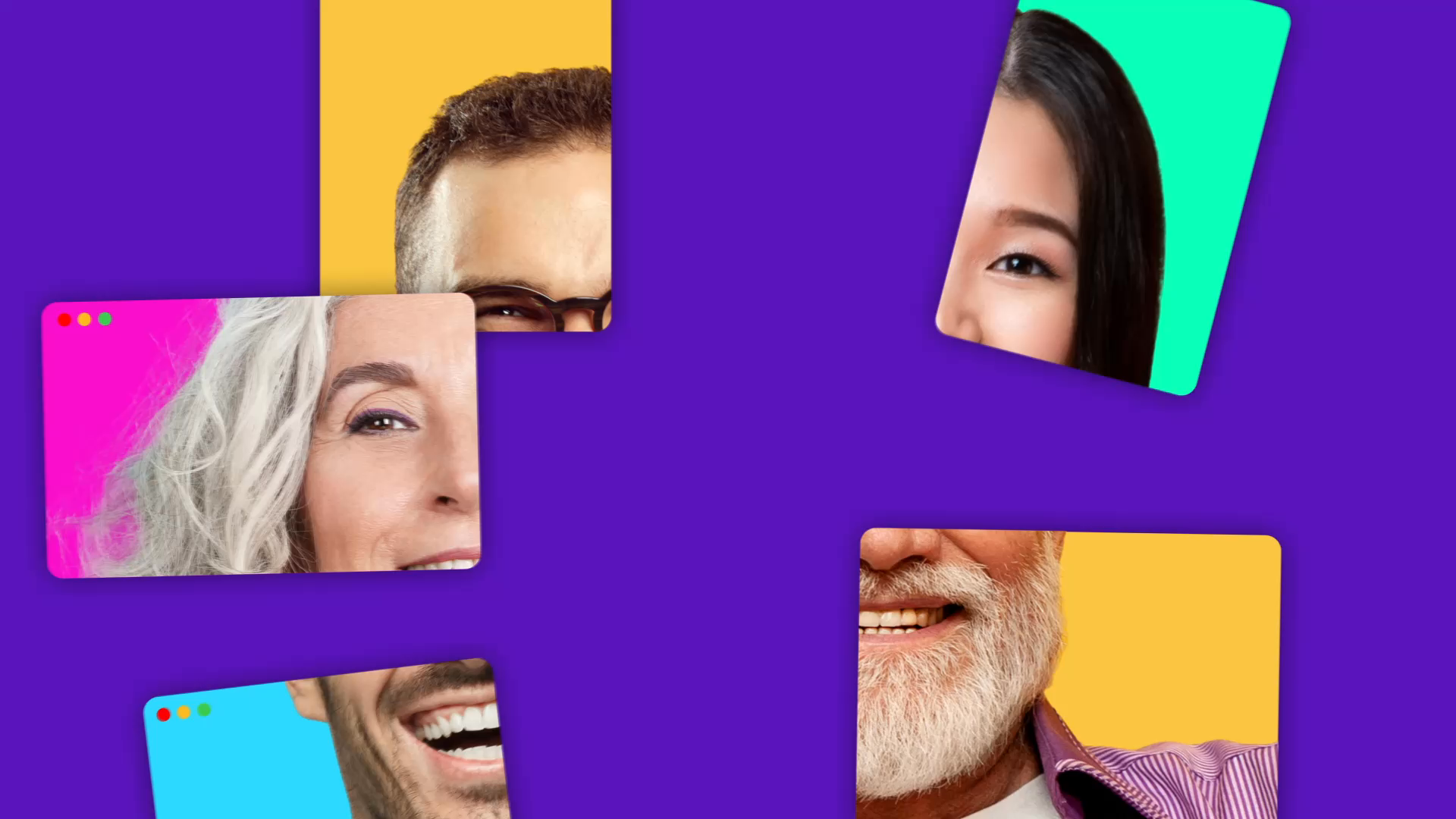
What does it really take to create learning content that connects with everyone—no matter their language or cultural background? It starts with understanding the difference between translation and true localisation. In this blog, we’ll explore:
- The challenges of multilingual learning content
- The difference between translated and localised learning content
- Localisation atGoodHabitz
- Practical examples of our localised learning content
Culture, language, and personal background each have a profound impact on how people absorb and apply new knowledge. When learning materials are presented in a person’s native language, comprehension and retention naturally improve. Learners feel more confident, less cognitively overloaded, and more motivated to engage. But language is just one piece of the puzzle.
Cultural context shapes how individuals prefer to learn: some may value structured, instructor-led sessions, while others thrive in self-paced, exploratory environments. Even visuals, humor, and examples can land differently depending on cultural norms.
On top of that, personal background (such as prior education, socioeconomic factors, or familiarity with digital platforms) affects learning readiness and expectations. To truly support a multicultural workforce, learning content must be more than just translated; it must be localised.
While translation focuses on converting text from one language to another, localisation is about making learning content that truly resonates with the audience it’s intended for. It considers:
- Cultural norms
- Tone of voice
- Humour
- Imagery
- Learning preferences.
These are elements that translation alone can’t capture.
For example, a joke or reference that works well in one country might fall flat or even confuse learners in another.
Localisation ensures that learning materials are not only understood but also felt. This makes them more relatable, engaging, and effective. In a multicultural workforce, this difference is key to creating meaningful learning experiences that drive real impact.
To give you a clear picture of how localisation works within GoodHabitz learning content, we’ve gathered a few examples to showcase. In the following slides, you’ll see the same learning material adapted into different languages, each with its own local flavour. While we’re only showing a handful of examples here, the same process is applied across more than 20 languages.
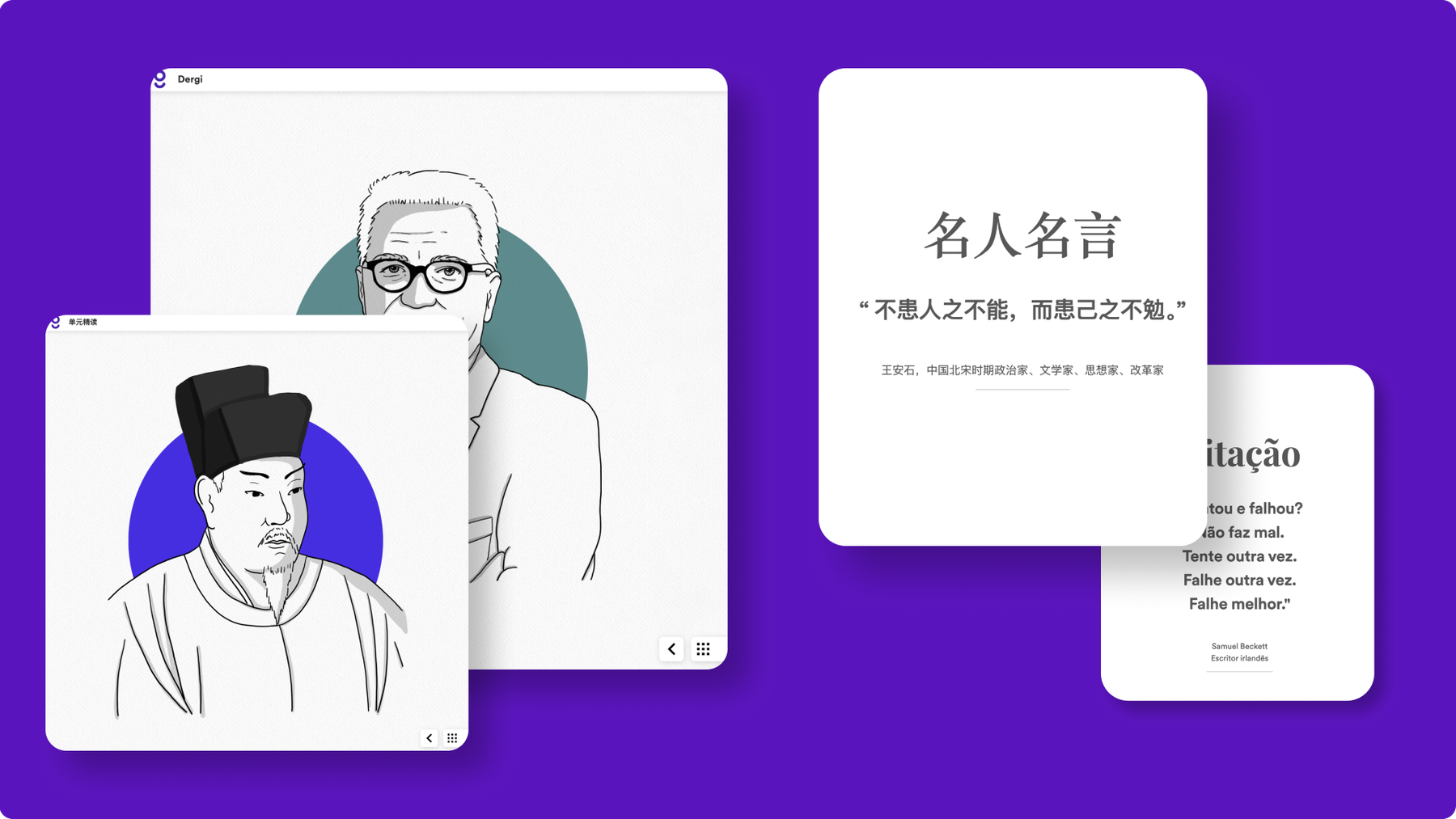
This first example of localisation comes from our course The Art of Feedback. In this magazine article, the famous British interviewer Jeremy Paxman is referenced for his distinctive interviewing style. However, as you can imagine, this reference doesn’t translate well for everyone. Especially if you’ve never seen one of his interviews or don’t know who he is!

That’s why, in the French version of The Art of Feedback, we use a completely different reference: Philippe Etchebest, a chef known not only for his culinary skills but also for his sharp, unforgettable remarks to contestants on Top Chef. What both gentlemen have in common is their direct approach, they don’t hold back and ask tough questions.
By using this localised example, the content resonates more strongly with the French audience, while keeping the core message intact. Which is exactly what you want to achieve when adapting learning content for different languages!
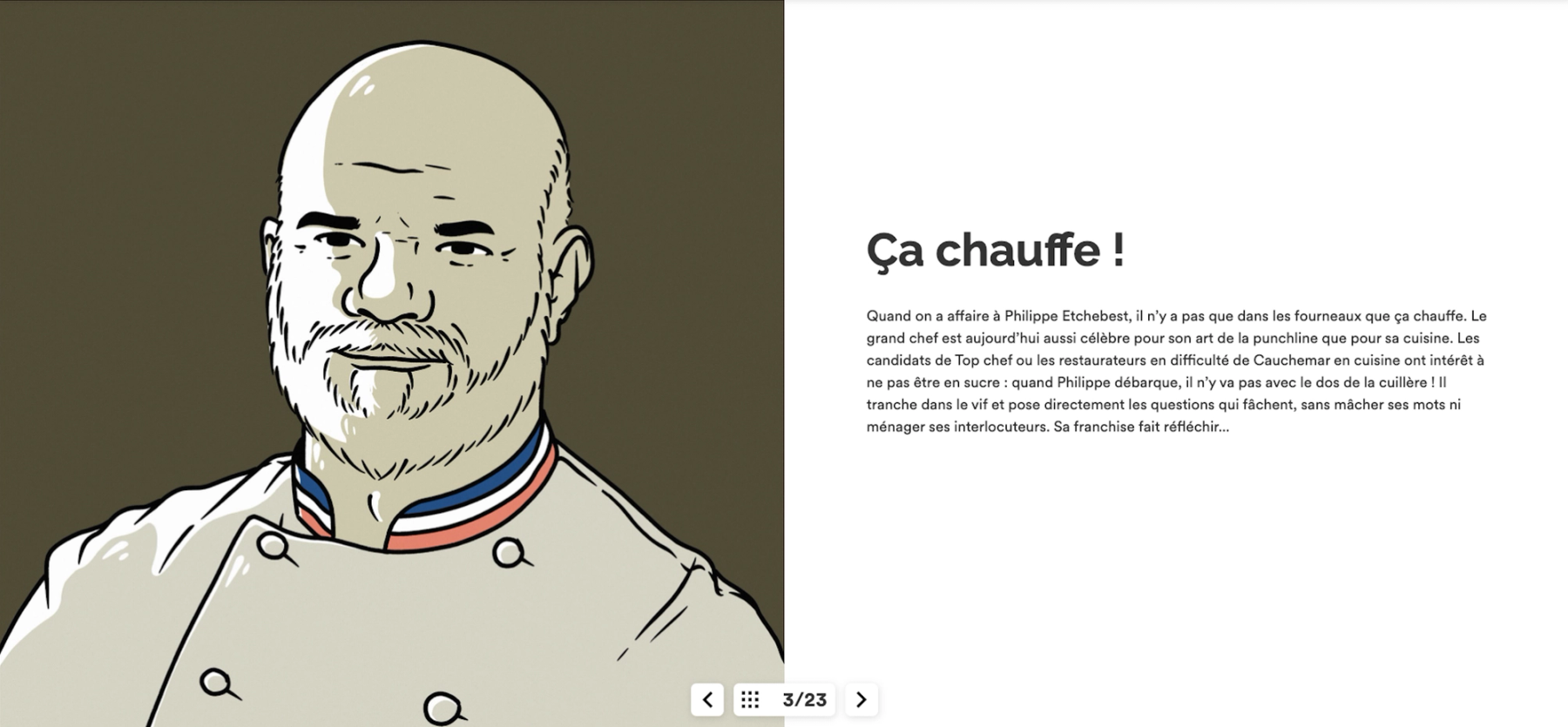
In Spanish, our localisation team, consisting of Spanish translaters who not only speak the language but also understand and live the culture, uncovered a strong example that adapts the story while keeping the learning message intact. Alberto Chicote, one of Spain’s most media-savvy chefs, is famous for his direct and outspoken style. Viewers of his TV show Pesadillaen la cocina (Kitchen Nightmares) will know he never holds back—he says things as they are and isn’t afraid of confrontation.
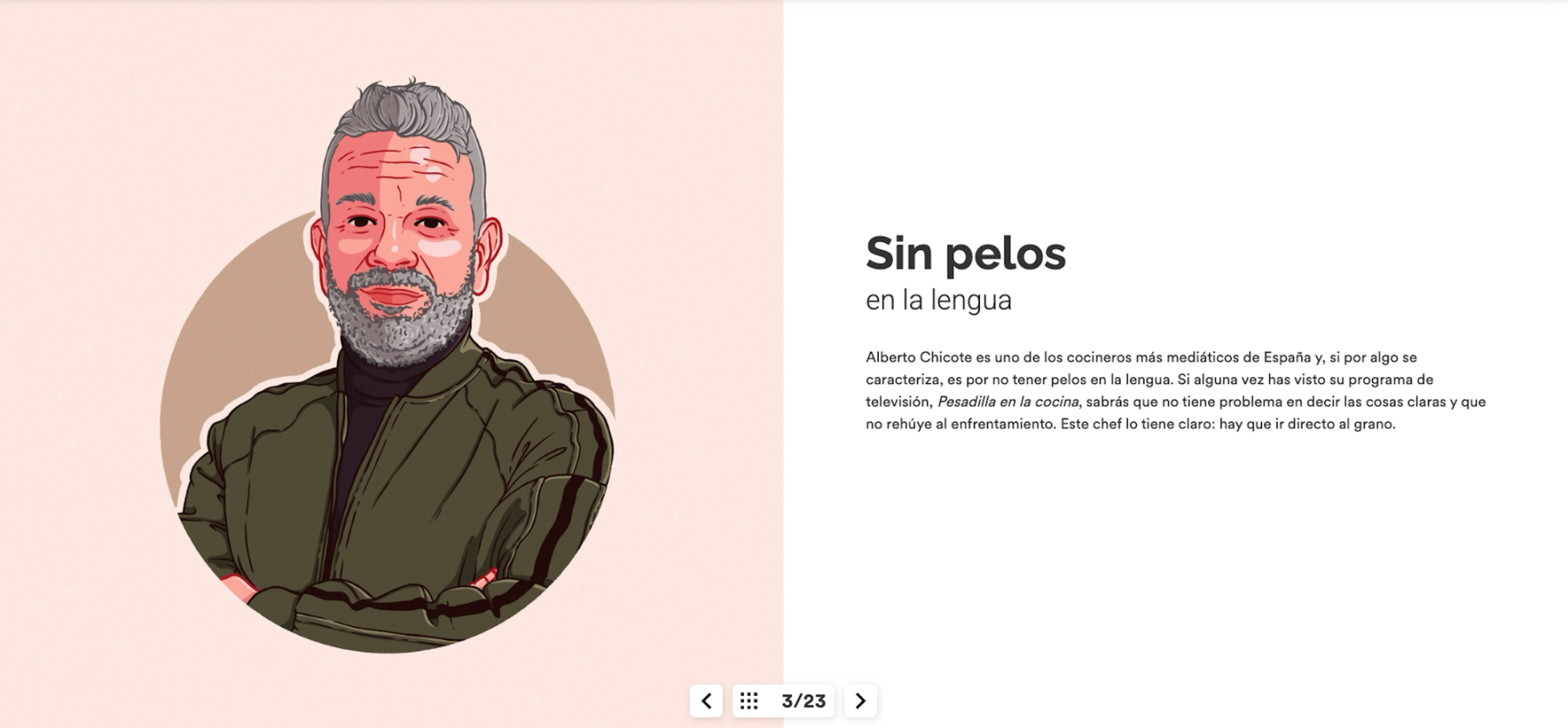
If the Dutch are known for anything, it’s their directness. Finding the right example in this context requires a localisation team that is tuned in to recent events and cultural habits. One such example is Dutch-American television host Eva Jinek, who, during the pandemic, conducted a heated interview with the local health minister. A moment that stood out as remarkably direct, even by Dutch standards. And because of that made the perfect local example of our magazine!

For the Portuguese version of The Art of Feedback, our localisation team selected an example that truly resonates with local audiences. Instead of looking abroad, we highlight José Mourinho, the world-famous football coach. Beyond his many trophies and achievements, Mourinho is recognised for his outspoken personality and unfiltered way of communicating, never afraid of confrontation and always saying exactly what he thinks. By using him as a reference, the story feels familiar and relevant to a Portuguese audience, while the core learning message remains the same as in all previous languages!
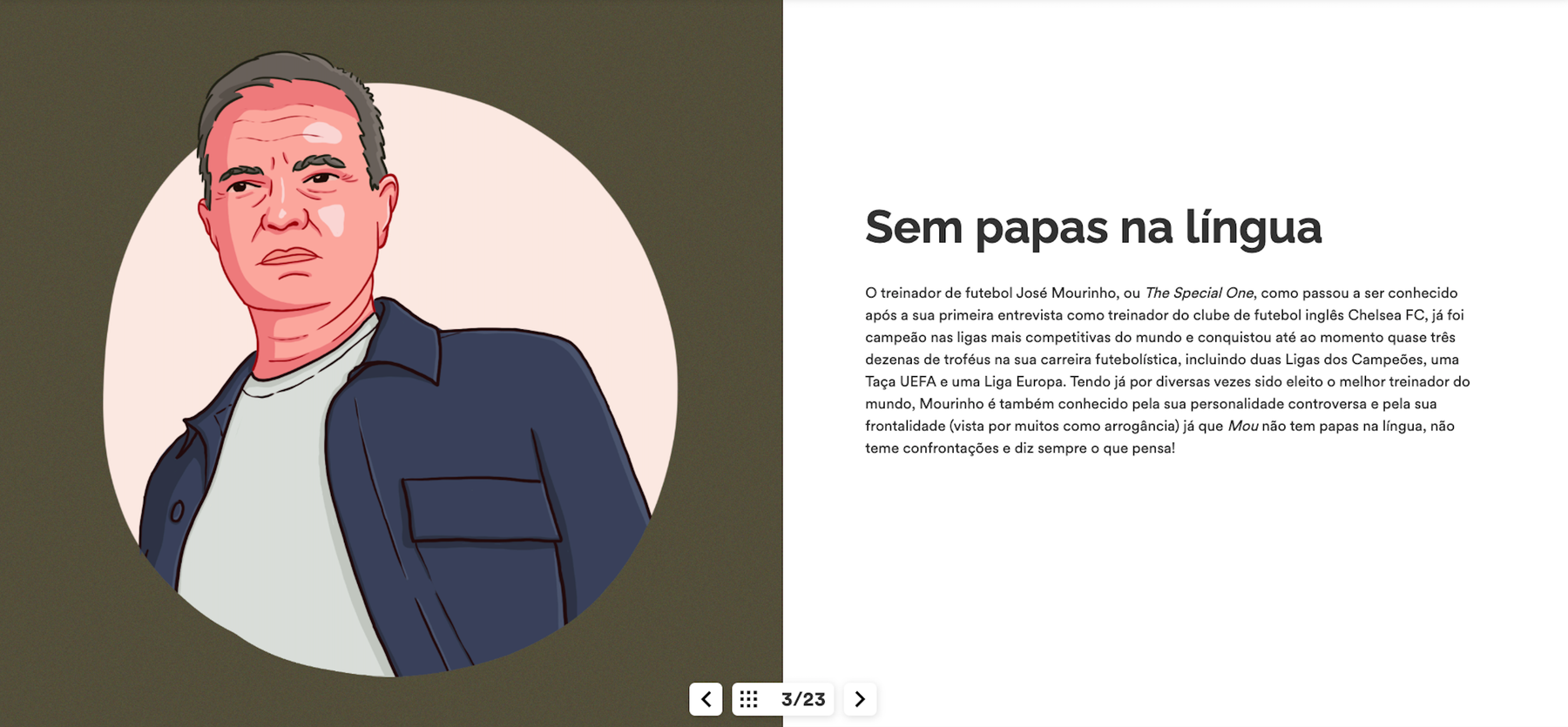
For the Italian version we drew inspiration from a personality who embodies Italy’s fiery temperament and directness: journalist and TV host Franca Leosini. She became known for her cold yet piercing interviews . Her style is uncompromising, asking uncomfortable questions, refusing to give in, and pushing until she gets an answer. It’s a striking example of how localisation can reflect and reference for cultural traits, in this case the Italian flair for passion and intensity.
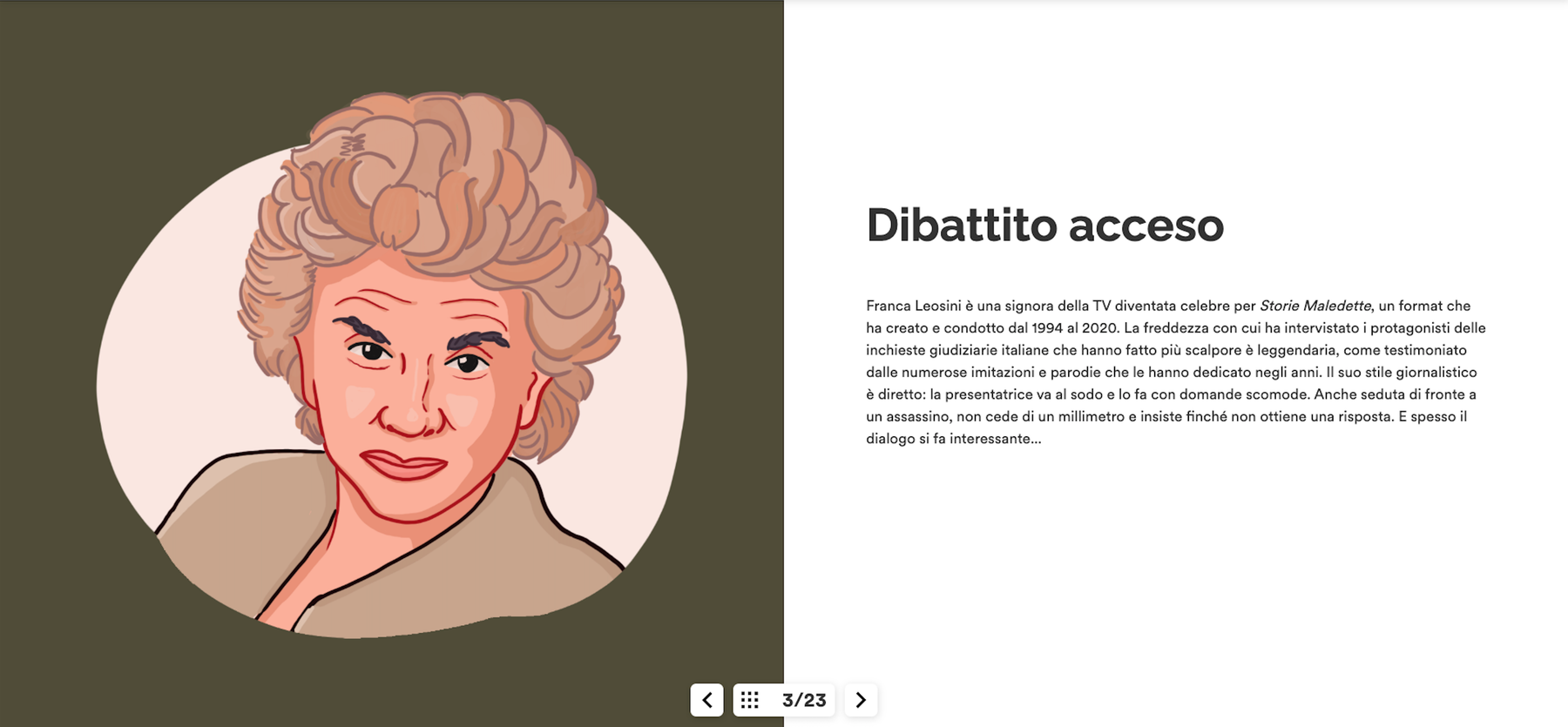
At GoodHabitz, we understand that real learning impact comes from more than just speaking the same language. It’s about truly connecting with learners in a way that feels natural and authentic. As Therese Forsman, Localisation Coordinator at GoodHabitz, explains:
"True localisation is about putting the learner first. We don’t just translate words; we adapt tone, references, humor, and even examples to fit each culture we work with. Our goal is to make every learner feel like the content was created just for them. When people recognise their own world in what they’re learning, engagement goes up, and so does the impact. That’s why we work with native specialists in every market, making sure our courses aren’t just understood but they’re truly lived."
This localised approach is already making a real difference for our clients around the world. Take Gruppo Trevi, for example:
"The people of Gruppo Trevi work at every latitude and longitude, in different time zones, in workplaces ranging from construction sites to factories to offices. The training offer in several languages (not just translated, but localised, which is quite different!) and totally online allows us to reach all our people and offer a flexible, customisable service that can also meet company needs, guaranteeing a greater capillarity of the training service.", says Martina Michelotti, Corporate Training Manager di Gruppo Trevi.
More GoodHabitz blogs
directly in your mailbox?
Sign up for our monthly newsletter and receive the latest blogs in your mailbox.